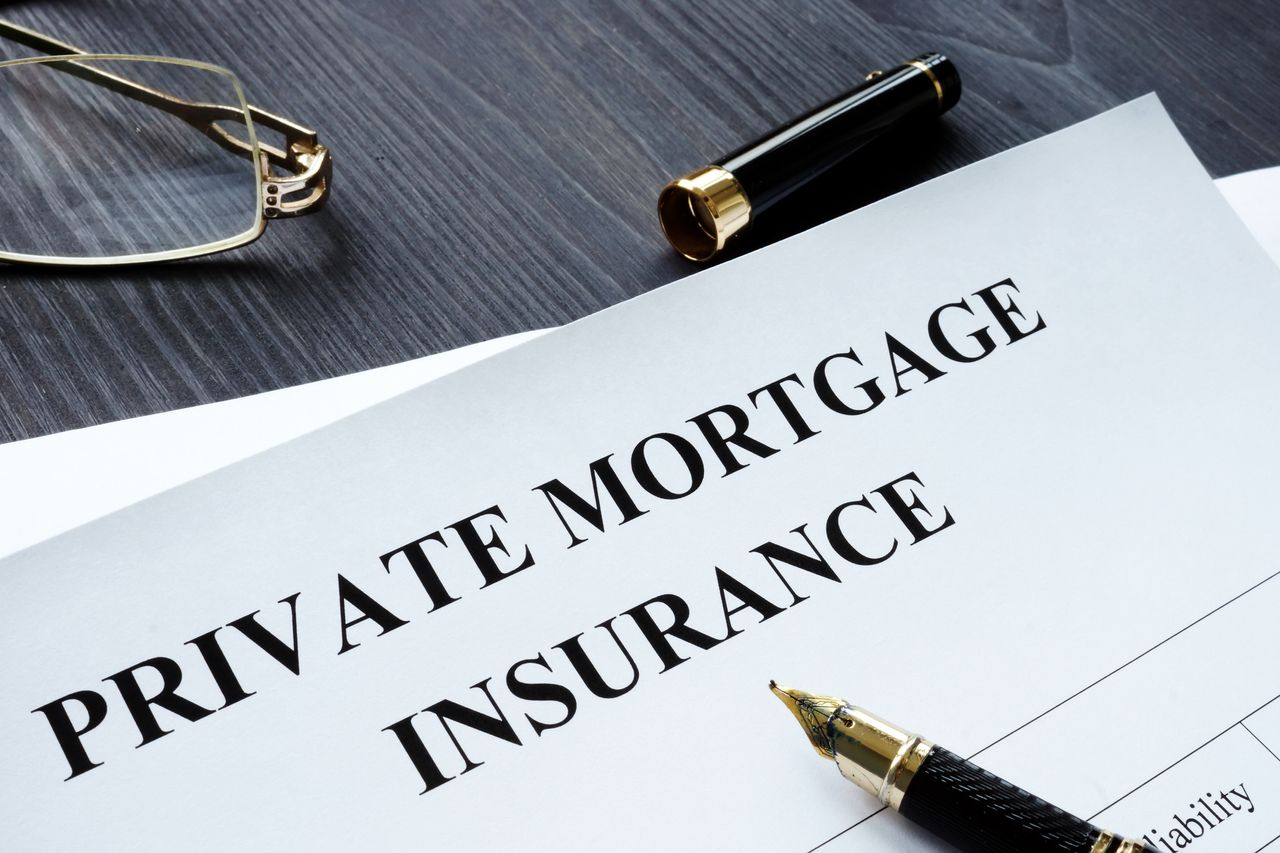
If you’re unable to make a down payment of 20% or more on a conventional mortgage, there’s a good chance you’ll have to pay private mortgage insurance (PMI).
PMI, which is arranged through a third-party insurance company, is designed to protect the lender if you’re unable to make payments. PMI doesn’t protect you against loss — if you don’t make payments, you could still face foreclosure — and it won’t prevent your credit score from dropping if your mortgage payments are late.
For example, a borrower with a FICO score above 740 might pay PMI closer to the low end of the range. On a $300,000 mortgage, a PMI rate of 0.22% would cost about $660 a year, or roughly $55 a month. Borrowers with lower credit scores or smaller down payments generally pay significantly more.
If you have to pay PMI, there are several ways to do it. With borrower-paid PMI, your premium is added to your monthly mortgage payment. Alternatively, you can pay PMI in a lump sum at closing.
It may be less expensive to pay the annual cost upfront, but the premiums aren’t refundable if you sell your home before you reach 20% equity.
How to avoid private mortgage insurance
Even if you can’t afford a 20% down payment, there are several ways to avoid PMI. One option is lender-paid PMI, in which your lender pays your premiums as a lump sum and in exchange you pay a higher interest rate than you would pay otherwise.
Lender-paid PMI may be a good choice if it would cost you less overall than monthly PMI payments and you itemize on your tax return, which would allow you to deduct interest on your mortgage.
A “piggyback mortgage” is another way to bypass PMI. With this strategy, you take out a second mortgage — usually a home equity line of credit — and finance the home with 10% from a down payment, 80% from the primary mortgage and 10% from the second mortgage. You’re borrowing 90% of the value of the home, but the primary mortgage accounts for only 80% of the value, allowing you to skip PMI. However, you’ll likely pay a higher interest rate for the second mortgage, and the rate may be adjustable.
This strategy could make sense if you can pay off the second mortgage relatively quickly, in which case the cost could be lower than paying PMI. Before agreeing to a piggyback, ask your lender to provide a quote for the same loan structured as a single mortgage with PMI so you can compare costs.
Another option is to seek out government home loans that don’t charge PMI. Mortgages from the FHA (Federal Housing Administration), USDA (U.S. Department of Agriculture) and VA (Department of Veterans Affairs) allow borrowers to make down payments as low as 0% to 3.5% without paying PMI. However, you may be required to pay up-front fees, and the loans have stringent eligibility requirements.
If none of these strategies is available to you, or the benefits don’t outweigh the costs, your best bet is to make mortgage payments on time until you reduce your loan balance to 80% of the home’s value.
Your loan servicer is required to terminate PMI when your principal balance is scheduled to reach 78% of the original value of your home. However, you can ask your servicer to cancel PMI before that date, when payments have reduced the principal to 80% of the original value.
Note: This item first appeared in Kiplinger Personal Finance Magazine, a monthly, trustworthy source of advice and guidance. Subscribe to help you make more money and keep more of the money you make here.
Use the tool below to explore and compare some of today's top mortgage offers:







